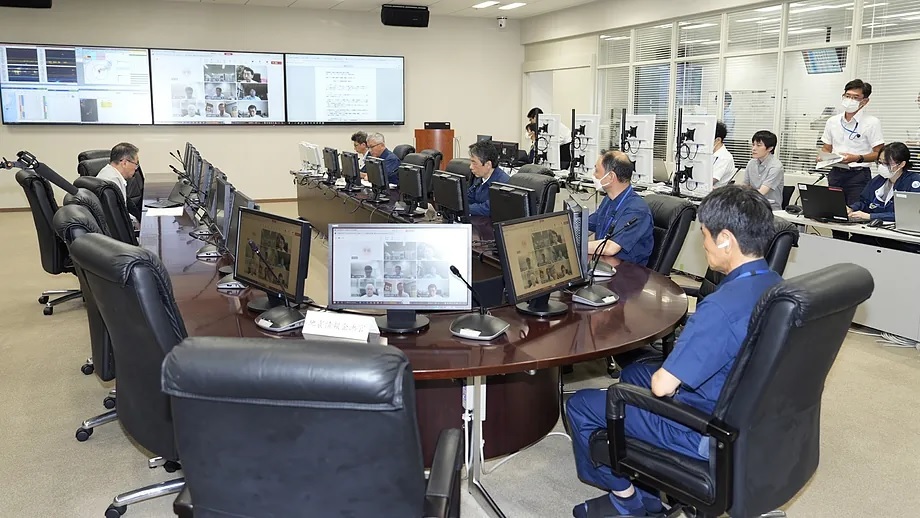Japan, home to 125 million people, sits on four tectonic plates along the western edge of the Pacific's "Ring of Fire." Each year, it experiences around 1,500 earthquakes, almost 20% of those worldwide, with the vast majority being very mild. The population is accustomed to living with tremors, and their buildings are well-prepared to withstand strong earthquakes.
Because of this, there was no major alarm when a 7.1 magnitude earthquake shook the southern part of the country last Thursday, causing minimal damage and a quickly reduced tsunami alert. Everything seemed to be returning to normal until the Japan Meteorological Agency (JMA) surprised by issuing a warning that had never been given before: Japan would be at risk of experiencing a "megaterremoto".
For many years, experts have pointed out that this type of earthquake, which usually occurs every 100 years, could result in over 320,000 deaths in the worst-case scenario, accompanied by a tsunami with waves of 30 meters. It would have its epicenter in the Nankai Trough, a seismically active depression on the seafloor that runs along the Pacific coast from the Tokai region to Kyushu. The area has experienced strong earthquakes of magnitude 8 or 9 in the past, resulting in thousands of deaths. The most recent one, a magnitude 8.1, occurred in 1946.
The earthquake last Thursday had its epicenter offshore in Miyazaki Prefecture, about 25 kilometers underground and near the Nankai Trough. "The possibility of a large-scale earthquake is considered relatively higher than under normal conditions," said the JMA.
Following this alert, Prime Minister Fumio Kishida canceled a planned tour this week to several Central Asian countries. Near the epicenter of the last Thursday earthquake, authorities inspected the conditions of evacuation shelters. The same was done in the Kochi region to the west, where older residents living in coastal areas were asked to evacuate to safer and higher areas.
Over the weekend, major Japanese newspapers have been monitoring the alerts, publishing several reports with public service information for the population to prepare in case the megaterremoto strikes.
"Refer to maps showing areas at risk of natural disasters to familiarize yourself with potential danger points around your home, workplace, or school. It is also important to reinforce windows to prevent breakage, secure furniture and appliances, and ensure there are no air conditioning units or other objects that could fall on your head while sleeping," stated the Asahi Shimbun newspaper.
"Be prepared for immediate evacuation. It is best to always have an emergency kit with water and medications. Even at night, keep the kit next to your bed and wear clothing that allows you to evacuate quickly. Make sure your phone is charged and carry a portable radio and spare batteries to stay informed," another note in The Mainichi pointed out.
Amid the summer vacation season, the fear instilled by the authorities themselves that this megaterremoto could occur at any moment has led to a wave of cancellations in hotels and hostels in the coastal areas of the central and western parts of the country.
There have also been reports of the closure of some private beaches and the suspension of several shows and festivals. Local tourism associations have criticized the Government for triggering the alert during the weeks when coastal cities receive the most visitors.
"No unusual activity has been observed in the subsoil of the Nankai Trough," said a meteorological agency official on Sunday afternoon, trying to downplay the alarm over any imminent risk of a major earthquake in one of the world's most tectonically active countries.
Japan still vividly remembers the magnitude 9 earthquake in March 2011 that triggered a tsunami that killed over 18,000 people and led to the meltdown of three reactors at the Fukushima nuclear plant, causing the worst nuclear accident since Chernobyl. Last January, on New Year's Day, over 260 people died in another major earthquake that affected several prefectures in the country.
